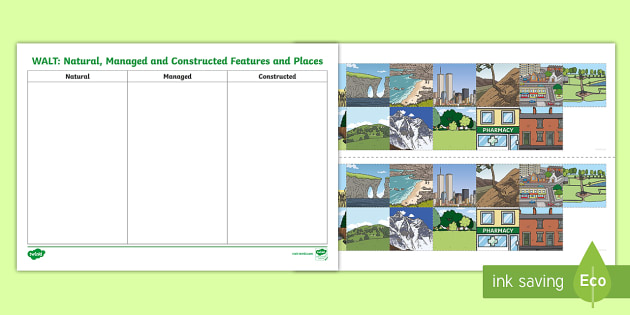What is happening in our Year 1 classroom...
Hello parents,
Welcome to Term 1 in Humanities and Social Sciences (HASS).
I am eager to share with you the exciting Geography unit your children will be partaking in this term. Their participation in this unit will increase their understanding of the links between geographical concepts and Civics and Citizenship education. Through involvement in this Geography unit, I hope to stimulate a sense of wonder and curiosity within your children as they explore and extend their understanding of geographical concepts (Matthews & Cranby, 2014).
 |
| Figure 1. Geography and Civics & Citizenship (Clipart, 2020). |
The Project
For this unit, I will be using an inquiry-based learning (IBL) approach to facilitate the children’s learning. Children benefit greatly from IBL, as it enables them to play an active role within the learning process, increases motivation, betters their understanding and achieves high-order learning outcomes (Smith et al, 2008).
Due to Australia’s recent events of the ‘Black Summer’ bushfires, the schools ‘Kindergarten outdoor play space’ suffered great amount of damage.
The recent drastic event has guided the following learning within this unit, where students learning is focussed on the following inquiry questions:
• How has the Kinders outdoor play area changed and why?
• What makes a child friendly, safe and fun play space?
 |
| Figure 2. Damaged school play-area (2020). |
 |
| Figure 3. Natural, Managed and Constructed Features and Places (2020). |
Students will be invited to present their design ideas to the Kindergarten class, fellow teachers and our principle. Once closer, we will provide you with a date - we would love for you to see our ideas!
The core of civics is to be a good citizen and the connection to geography is how as a good citizen we explore, understand and analyse the geographical characteristics through our connection to our surroundings (Gilbert, R., & Hoepper, B. (Eds.) (2017). This unit was purposely designed to promote students as informed and active citizens where they can understand and contribute to their environment, creating a sense of belonging (ACARA, 2020).
Thank you for your encouragement and I am confident that your child will love contributing to their local community.
 |
| Figure 4. Geography Year 1 Australian Curriculum links (ACARA, 2020). |
References
Australian Curriculum, Assessment and Reporting Authority. (2020) The Australian curriculum: Humanities and social sciences (Version 8.3), all curriculum elements, all curriculum dimensions. Retrieved from https://www.australiancurriculum.edu.au/download/
Gilbert, R. & Hoepper, B. (Eds.). (2017). Teaching humanities and social sciences: history, geography, economics & citizenship (5th ed.). Southbank, VIC: Cengage Learning.
Matthews, S., & Cranby, S. (2014). Geography in the Australian curriculum. In R. Gilbert & B. Hoepper (Eds.), Teaching humanities and social sciences: History, Geography, Economics and Citizenship in the Australian curriculum. (pp. 223-247). South Melbourne, VIC: Cengage Learning Australia.
Smith, R., Bullard J., Ray, W., Roberts, C., & Keiffer, A. (2008) Where Might Sand Dunes be on Mars? Engaging Students through Inquiry-based Learning in Geography, Journal of Geography in Higher Education, 32:1, 71-86, DOI: 10.1080/03098260701731520
No comments:
Post a Comment